Exclusive
At 10.28pm on July 30, 2009, things were going very badly for Mr X. So he made an SOS call to Mr Choker.
With the police closing in, Mr X had very little time before he was arrested. He needed to make sure money was in the right place.
Mr X told the court in evidence that he called Mr Choker and asked the restaurateur to deliver what was left of his money to his parents so they could clear a debt with a drug supplier.
“I went back to my mum’s and Ramzey came and picked me up,” Mr X told police in his witness statement that was tendered in the court case.
“He drove me to the Hilton Hotel near his restaurant (in the Sydney CBD). I was gonna stay there but they wanted photo ID to book in and I didn’t want to leave my details …
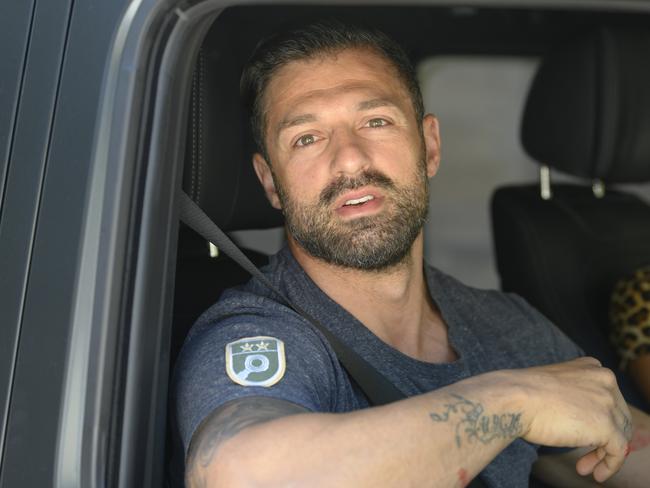
Outside the Hilton, Mr X deleted the contacts from the phone and snapped the SIM card before depositing them in a bin outside the hotel.
Mr X gave evidence that Mr Choker helped him go on the run. First by booking Mr X into a series of hotels and then in Mr Choker’s Potts Point apartment.
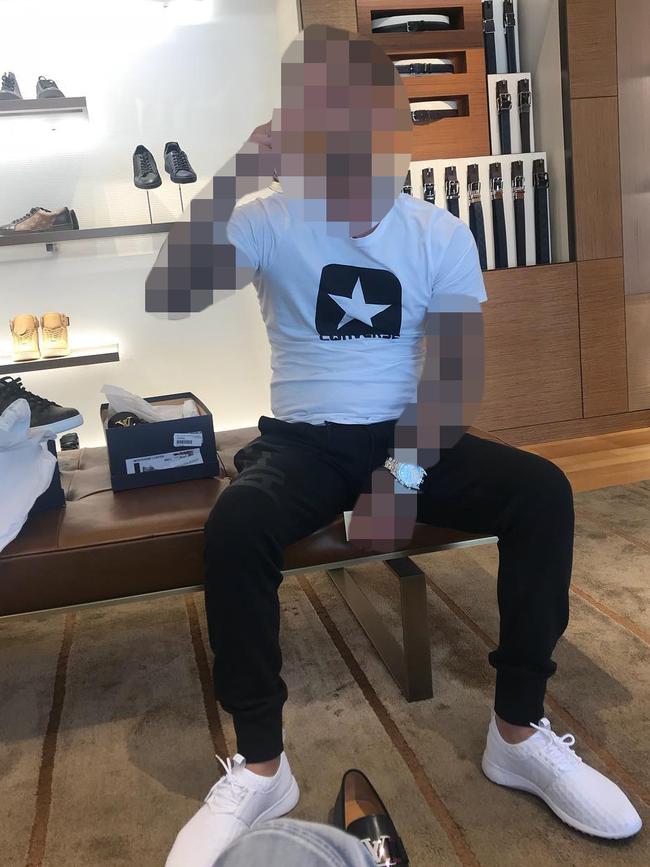
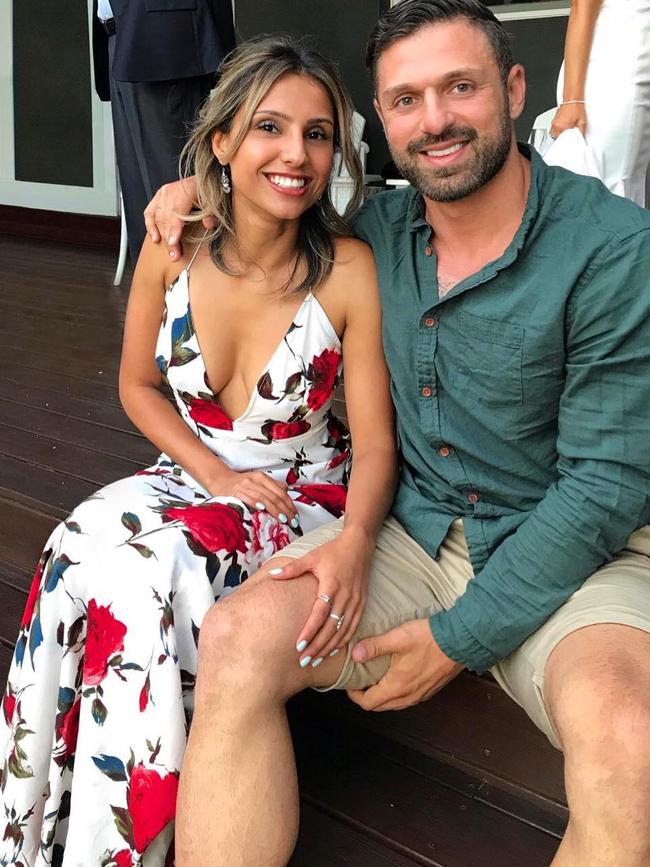
That was where Mr X was arrested on August 11, 2009.
“I stayed up all night racken’ up and smoking pot,” he told police in his statement used as evidence in court. “I didn’t get to sleep until about nine the next morning and woke up about five o’clock in the afternoon.
“I had a shower and walked to the convenience store just down the road from Ramzey’s to buy a recharge card for my texter,” he told police. “That’s when I got pinched.”
While dealing drugs was Mr X’s strong point, staying staunch in the face of police pressure was not.
MR X MAKES A DEAL
By 10.45pm on the night of his arrest on August 11, 2009, Mr X was singing like a bird.
Not long after his arrest, Mr X began pointing the finger at Reynold Glover, Corey George Farrell, Willie Caldwell, Nathan Thomas Stuart and others as being responsible for the robberies.
Mr X was charged with large commercial drug supply and possessing firearms and explosives in relation to what police found inside a Meriton apartment.
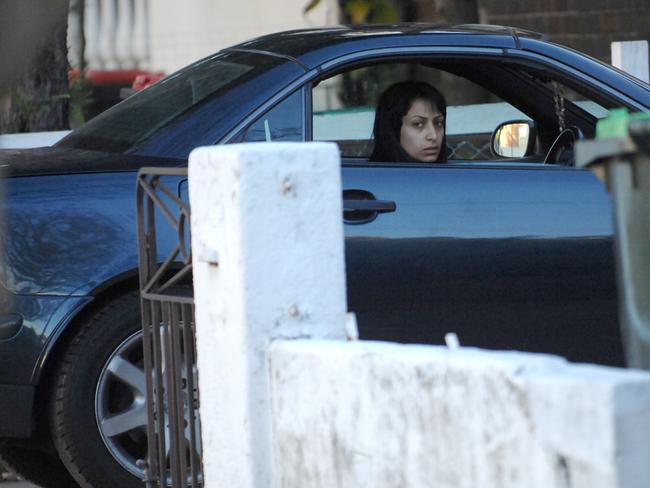
Sitting inside Kings Cross Police Station, he had very little time to come up with a way out.
Police searched Mr Choker’s apartment and found nothing of interest.
Mr Choker was not charged and was never accused of any wrongdoing.
Now Mr X was facing a group of detectives who wanted answers.
Mr X told the officers he knew who committed the armed robberies and could help them solve the case.
Before they would make any agreement with a man such as Mr X, police needed some sort of proof he could deliver the evidence they were looking for.
After 10.45pm, Mr X directed the officers to a garage in a townhouse complex on Marrickville Rd, Marrickville.
Police opened the garage and discovered a silver BMW M3 coupe fitted with stolen number plates.
It was the same BMW used in the Cranbrook robbery that had been stolen from Collaroy.
Inside the car, police found guns, ammunition and a stolen police ballistics vest.
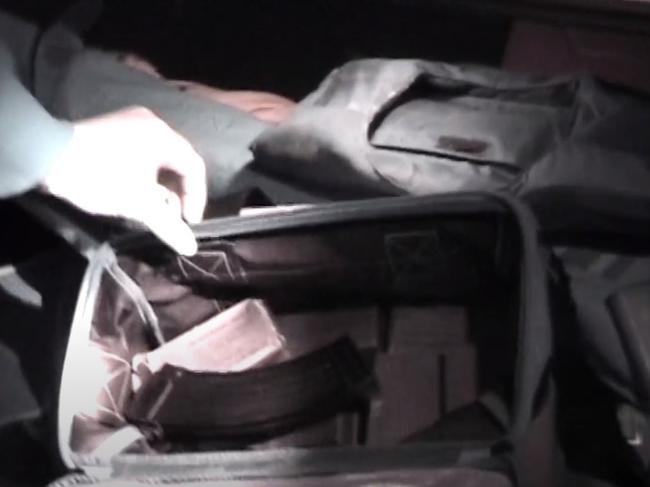
Mr X clearly had value for the police. They were now willing to listen to him.
On August 13, Mr X led police to the home of Farrell’s girlfriend.
Inside, police found $23,000 in the bottom of a dresser and another $20,050 under her water mattress.
At first, the girlfriend told the officers “it’s my money” and said it was the proceeds from selling her cafe in Burwood, according to court documents.
Also, the woman was driving a new white BMW 135i that she told the officers she bought with $30,000 cash.
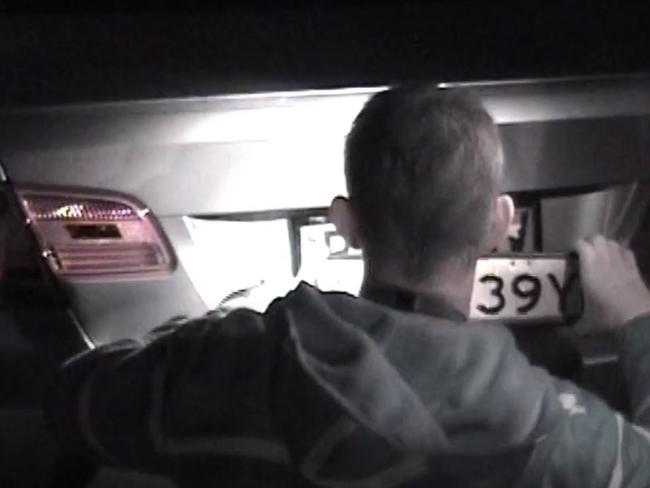
After more questioning, one of the officers wrote in their statement that the girlfriend told them: “I think I know what you are after. I got asked to hold a bag for somebody. You guys have to get out of my house. I know where the bag is.”
She directed the officers to her sister’s car — another BMW.
Inside was about $440,000 cash. Police believed it was from the $6 million robberies.
The woman was charged with dealing with the proceeds of crime.
The charges against her were dropped after a committal hearing in the Downing Centre Local Court on February 25, 2016.
THE ARRESTS
On August 14, 2009, police stormed Farrell’s Leichhardt home and arrested him.
They found a jet ski in the backyard. Inside the officers found a $3000 plasma screen TV on the wall, according to documents used in court.
Farrell’s mother protested and told the officers their grandmother had given her children $20,000 each, the documents said.
Farrell was arrested and eventually charged over the armed robberies.
With Mr X’s version appearing to check out, police sat him down on August 17 and 20, 2009, and he started writing his witness statement telling them everything he knew.
Mr X painted himself as someone who played a support role for the armed robbers but claimed he did not commit them himself.
The first statement said: “I know who committed these offences because I was involved in supporting them before and after the offences.
“I have knowledge about how the offences were planned and committed,” Mr X wrote.
“I also know what happened afterwards and helped them by getting rid of evidence and counting cash proceeds.”
His second statement detailed the sites, including the Cooks River, where the Chubb cash canisters were dumped.
Mr X also directed police to two garages, including one in Marrickville that contained the stolen BMW used in the Cranbrook robbery.

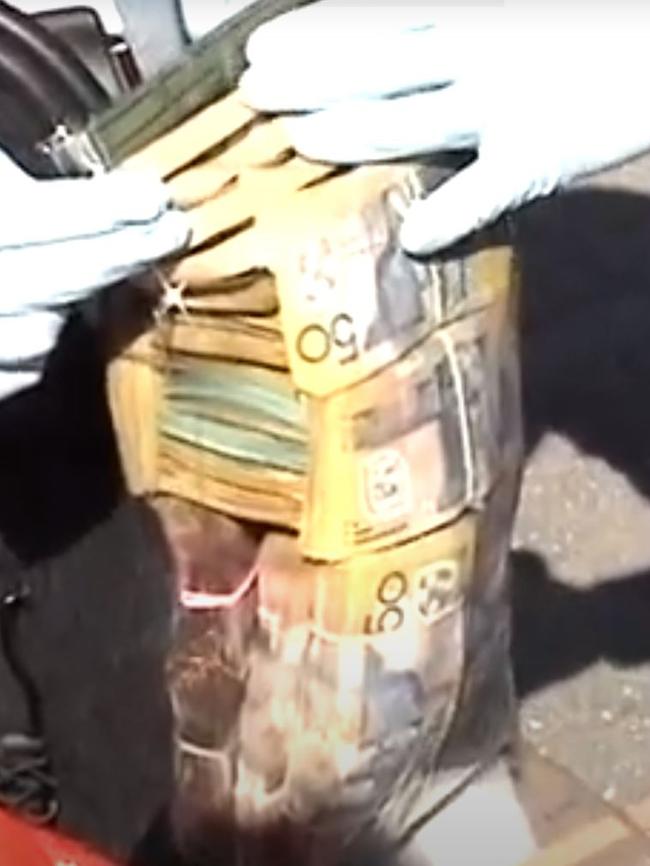

Just as crucial, Mr X also told the investigators where 23-year-old Reynold Glover was living at Circular Quay.
At 6am on August 21, police burst into Glover’s waterfront apartment and found him in the bathroom.
“Reynold, put your hands on your head and get on the ground,” one of the officers said.
He was cuffed and later charged over the robberies.
Police searched the apartment and found a BMW car key that was linked to one of the robberies, court documents said.
The documents said police also found a black balaclava, clothing and a copy of The Sunday Telegraph that featured an article about one of the robberies.
The same day, police arrested 25-year-old William “Willie” Caldwell, who investigators believed was the expert high speed getaway driver during the armed robberies.
Officers raided Caldwell’s mother’s Glebe home.
“I don’t know anything about no armed robbery,” Caldwell told the police.
When the officers were more specific about the robbery they were investigating, Caldwell asked: “What’s Potts Point? Where’s that?”
He was arrested and charged.
The arrest of Nathan Stuart didn’t come until March 23, 2010.
Stuart was asleep when police arrived at his Clovelly unit that morning and detectives knocked for five minutes before his girlfriend answered the door.
“Nathan, get up. It’s the police,” she called out.
With charges laid and all the information he had provided so far adding up, police sat down with Mr X on August 31, 2009, to effectively download his brain.
The result was a 108-page statement from Mr X that detailed his version of the robberies, how they went down and who he said was responsible.
Mr X said he played a support role for the robberies by providing the safe house, in the form of the Meriton apartment, where the money was counted and weapons were stored.
He claimed Farrell and Glover were the masterminds and leaders while Caldwell was the getaway driver, court documents said.
With the initial pieces of information that Mr X provided them checking out, the statement appeared to be a home run for the police case.
On July 6, 2010, then NSW Attorney-General John Hatzistergos signed off on an indemnity granting Mr X immunity from prosecution for certain offences.
It came on the proviso he gave evidence about it in the armed robbery trial.
Mr X’s identity was suppressed and he also received a 60 per cent discount on his jail sentence for the heroin, guns and explosives found in the Meriton apartment.
On May 27, 2011, Mr X was sentenced to a non-parole period of three years, three months and a total sentence of five years, three months.
His indemnity from prosecution and the sentence discount was certainly a win for Mr X.
But as police ultimately found out after the armed robbery trial resulted in each man charged being acquitted, it wasn’t a win for them.
WHO IS MR X? HISTORY OF A DRUG DEALER
So how did Mr X fit into the Sydney drug trade?
Mr X was proud of his hard earned reputation among the Sydney clients who bought the drugs he was selling.
“I had a reputation for selling top notch gear,” he said in his statement to police that was tendered to court.
His gear of choice was cocaine and heroin.
“I was one of the most successful as in … if you bought heroin and I told you it was 90 per cent (pure), it’d be 90 per cent. It’s not going to be less than that,” he told police in the statement.
“I only ever dealt in kilos and ounces (of cocaine and heroin) …,” he said in the statement.
“ … I never sold a gram in my life.”
He also had his own raging drug habit to service. But he could easily afford it given spoils that came with being a high-level drug dealer.
At one point, Mr X was in the market to buy a $142,000 Bentley.
“There was no one in Sydney who I knew that was supplying cocaine or heroin at a better rate or more successfully than me,” Mr X told the police.
He entered his family-run drug trade as a teenager and rose to become one of the leaders of the operation.
He rattled off the economics of the drug trade to police with ease.
“There are 36 ounces in a kilo, actually 35-and-a-half but we always say 36,” he told police.
“For cocaine, I sell an ounce for seven grand. Thirty six times seven is 252. So I make $32,000 (profit per kilo of cocaine).
“(But) that’s after driving halfway across Sydney with a kilo of coke in my car, which if I get caught with, I’m doing 10 years.
“Then you gotta move an ounce of the sh*t 36 times. That’s 36 times more times you might get caught with it by the coppers or ripped (off) by the buyer,” he said.
The next factor to consider is the time it takes to sell in ounces.
“ … You don’t move that sh*t in a week. It can take two months to move a kilo,” he told police. “The risk (in selling ounces) is too big for an 11.5 per cent profit margin.”
Keeping his customers happy was key.
“You gotta worry about the quality of the gear and make sure you keep your customers,” he told police.
“You don’t want to jump on it too much or you will get a reputation for supplying sh*t gear and lose them. I had a reputation for selling top notch gear.
“I always told the buyer the purity and you gotta be a man of your word in that game,” he said.
“If they find out the purity is lower than what you sold them they’ll return it and you’re stuck with it.”
In 2009, he paid $220,000 per kilo for cocaine. Before investing, he tested the purity of a two gram sample.
“To do this I would get a gram of gear and put it in a small glass bottle, like a paprika bottle or a test tube bottle …” he said. He then cooked the mix until he was left with “a rock”.
“Then you weigh the rock and it will be a percentage of the original gram,” he explained. “If the rock weighed 0.9 of one gram … the gear was 91 per cent pure.”
Heroin was simpler.
“ … You normally just give a bloke a gram and he would go away and test it, usually on some junkie, then come back and you would sort something out,” he said.
“You had to be real careful when jumping on heroin,” he said.
“Once you add too much glucose you can’t bring it back, it congeals like cement. With coke you can bring it back by adding more pure coke.”
In Sydney’s drug scene, Mr X was a few steps below the importers — one of the most competitive sections in the market.
“Everyone thinks that you make heaps off (cocaine) but that’s bullsh*t,” he told police.
“The guys that import it (make money). The importers pay between $10,000 to $30,000 a kilo and wear the cost of getting it to Australia.”
The next level is the wholesalers that buy it off the importers.
“Then you got guys like me, buying in kilos and selling on,” he said.
“You don’t really get any higher than me unless you’re born into it. Who’s gonna say to you ‘You know what, you’re a good bloke. I’ll introduce you to my guy who is importing this sh*t and you can cut me out of my level of profit’.”

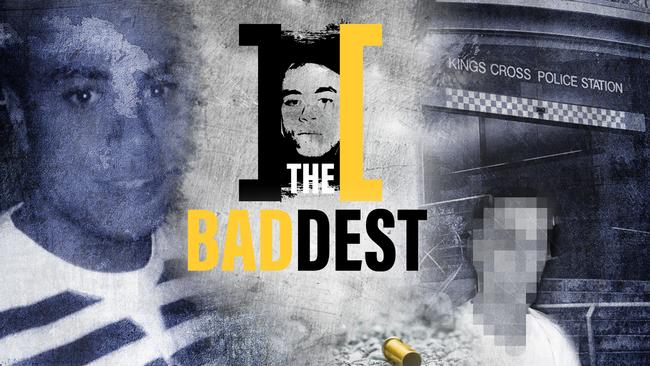
Drunk, suspended, smashed: Prado power pole crash
A Mid-North Coast man, drunk and unlicensed, has been sentenced after a break-up bender saw him smash his Toyota Prado into a power pole, landing him in hospital with massive bills.
Curfew for man on long list of car theft, break and enter charges
In a Mid-North Coast town beset by youth crime, one offender has fronted court to plead guilty to firearms and break and enter charges.